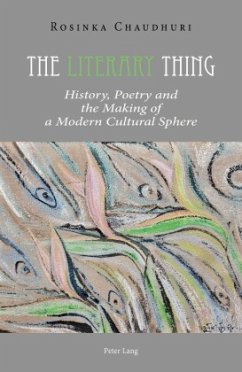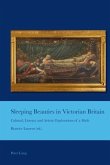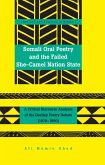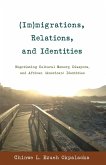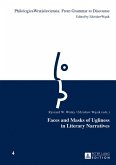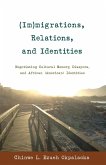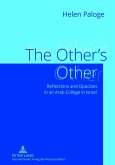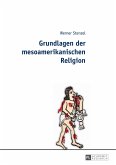The imponderable value of the literary to critical discourse is given pre-eminence in this study of cultural turning points in the history of Bengali literature, so that we might investigate the place of the aesthetic in the composition of a literary culture without denuding it of its significance and aura or, for that matter, its historicity. Mapping a fifty-year period that is fundamental to any understanding of nineteenth-century Bengal - 1831 to 1881 - this book focuses on literary debates generated around the works of Iswarchandra Gupta, Rangalal Bandyopadhyay, Madhusudan Datta, Hemchandra Bandyopadhyay, Nabinchandra Sen, and Rabindranath Tagore. It thereby investigates the place of the aesthetic, the political, and the collective in the making of a modern cultural sphere and the relevance and significance of the literary to our self-making as readers today.
Providing a new understanding of the interactive, living, and cataclysmic nature of events of the period which has been identified and then reviled as a period of renaissance or false renaissance, The Literary Thing reveals how this unique period holds the key to understanding the shape of the Indian modern.
Providing a new understanding of the interactive, living, and cataclysmic nature of events of the period which has been identified and then reviled as a period of renaissance or false renaissance, The Literary Thing reveals how this unique period holds the key to understanding the shape of the Indian modern.

